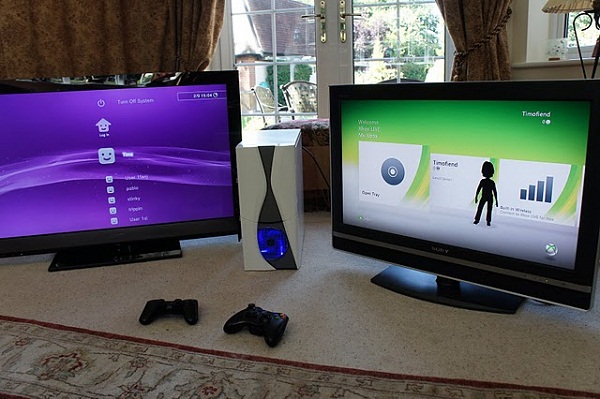In 2011, the gaming landscape was teetering on the brink of a new era. The seventh generation of consoles, primarily the PlayStation 3 (PS3) and Xbox 360, had captivated audiences for several years with their innovation and extensive game libraries. As these platforms aged, a compelling question lingered in the air: what would their successors bring to the table? Would they merely refine existing technology, or would they revolutionize the gaming experience altogether?
The potential for new consoles was tantalizing. Both Sony and Microsoft had established dominant footholds in the gaming industry, yet the challenge loomed large: how to captivate a generation of gamers who were becoming increasingly sophisticated in their expectations? With burgeoning technologies on the horizon, including augmented reality and advanced online capabilities, success hinged on the ability to harness these innovations effectively.
In analyzing the landscape, one can’t overlook the rise of handheld gaming and mobile platforms that were beginning to encroach on the traditional console market. This posed a significant challenge—how could upcoming consoles compete with the convenience and accessibility of portable gaming devices? Traditional gaming sessions were evolving; players desired fluidity between consoles and mobile platforms. The next generation would need to address this paradigm shift, possibly blurring the lines between the two mediums.
Sony and Microsoft both faced the challenge of diversifying their offerings. The PS3 was noted for its exceptional graphic fidelity and the introduction of Blu-ray technology, while the Xbox 360 thrived on its seamless online multiplayer experience through Xbox Live. The successors would need to build upon these strengths while introducing compelling new features. This could include improvements in social connectivity, with features that enabled gamers to share their experiences in real time and foster communities that transcended national borders.
Furthermore, the increasing demand for immersive gaming experiences beckoned the exploration of virtual reality—a realm yet untapped in console gaming at that time. How could future consoles integrate this burgeoning technology without alienating traditional gamer demographics? The mixture of vibrant graphics, engaging narratives, and interactive gameplay must blend to create a holistic experience that resonated across varied player preferences.
As 2011 progressed, the world watched with bated breath, pondering the impending announcement of the successors to these iconic platforms. Would they deliver on the grand expectations of a rapidly evolving gaming community? The potential for remarkable innovation danced tantalizingly in the distance, beckoning gamers into an exhilarating future that lay just beyond the horizon.
